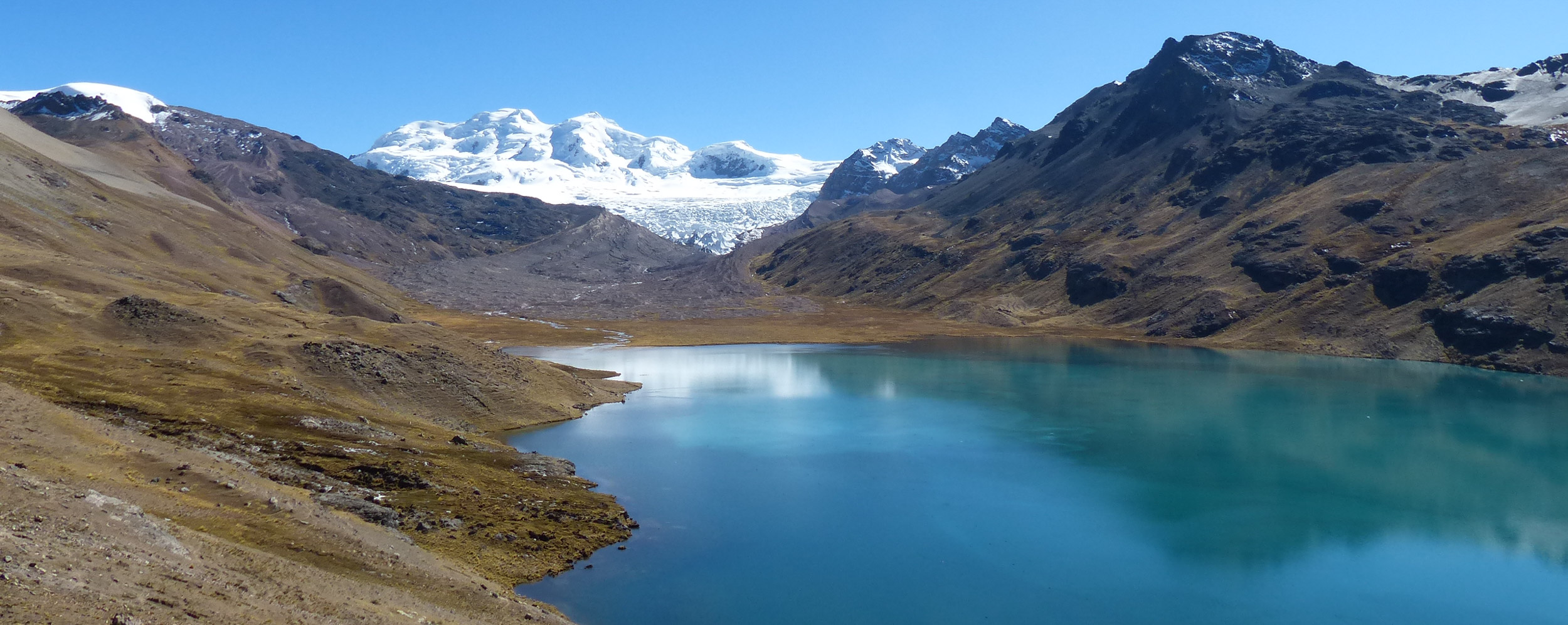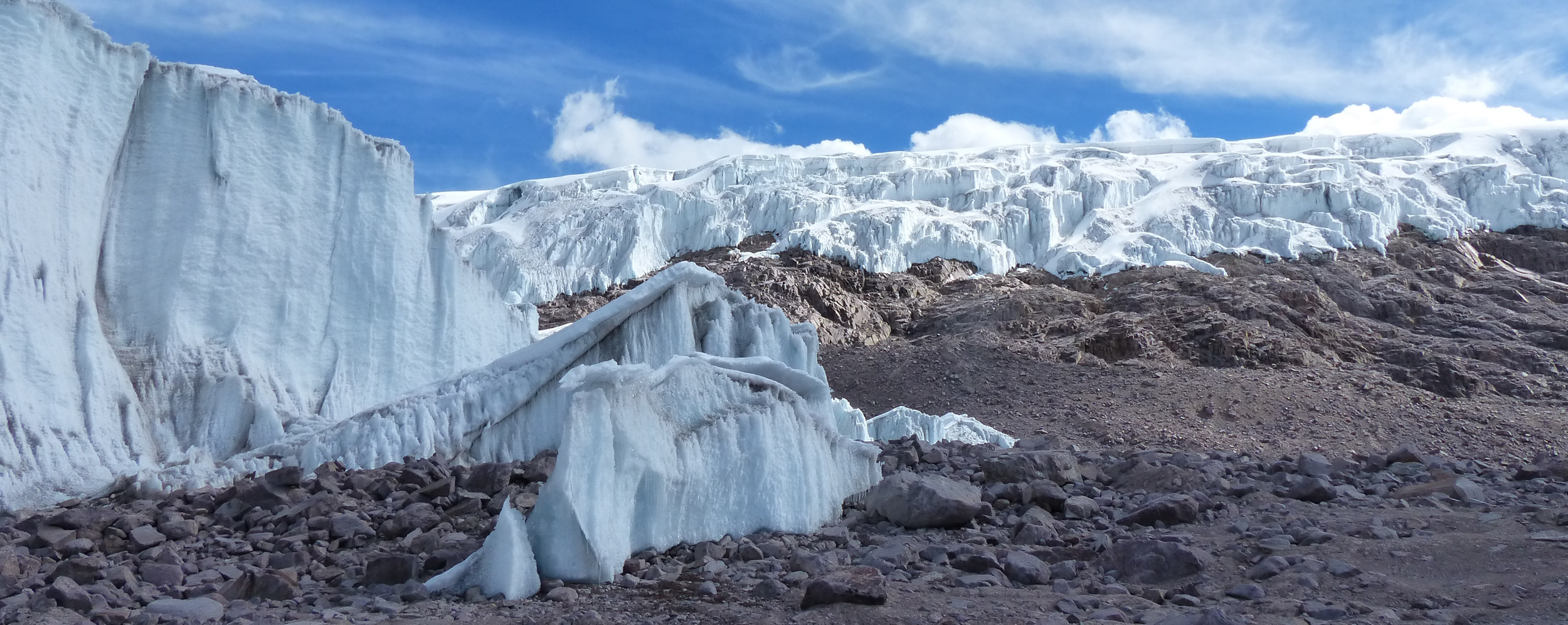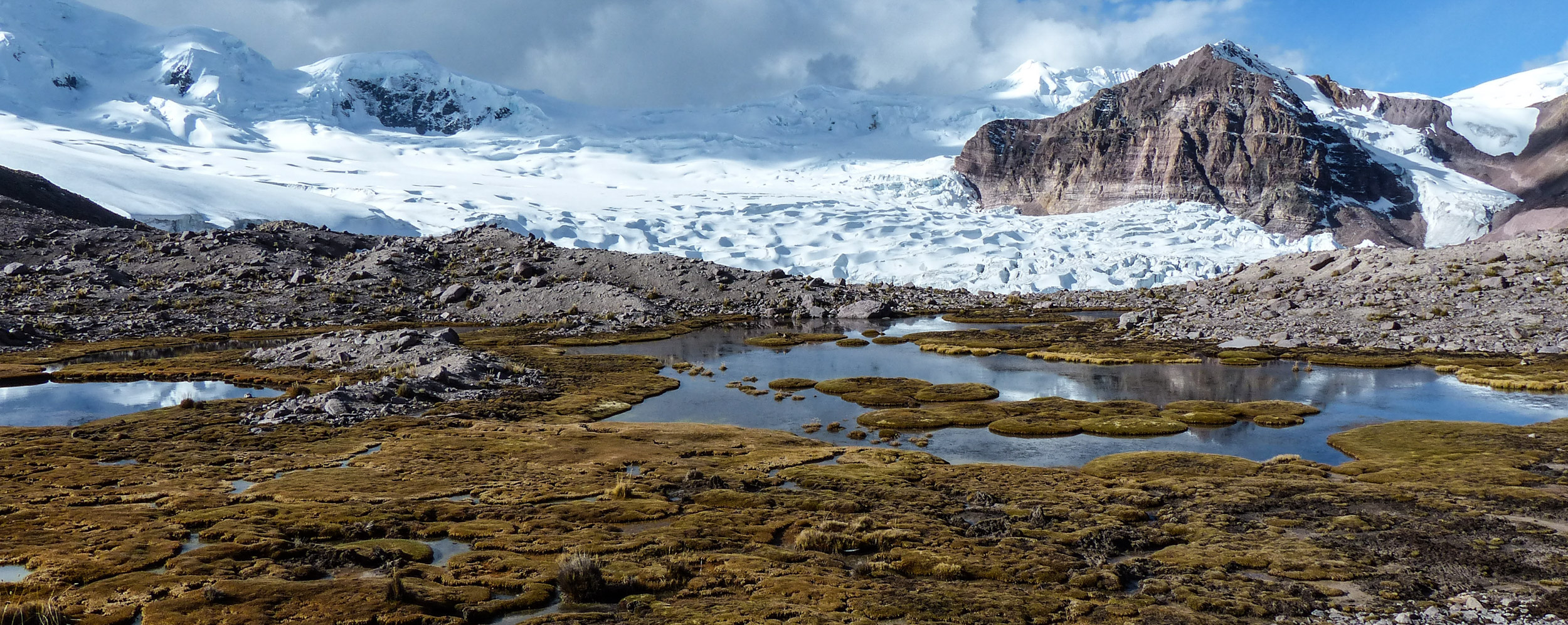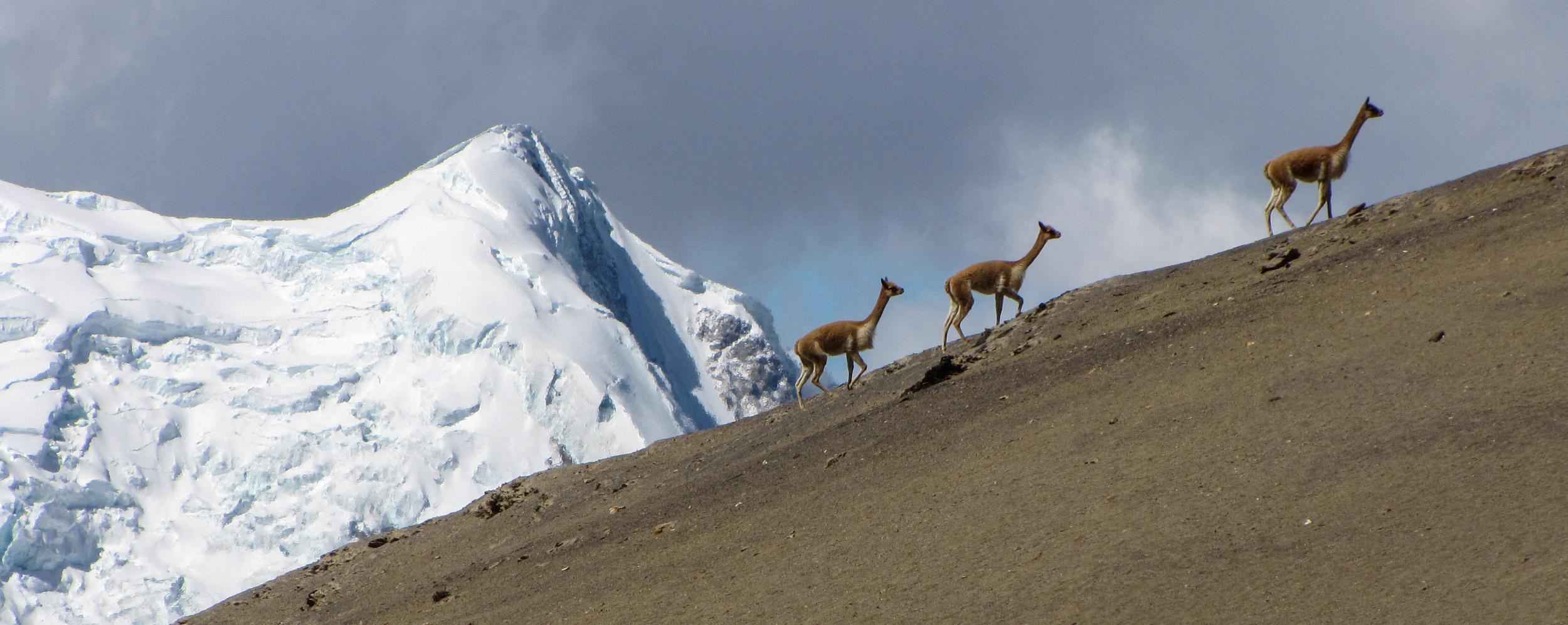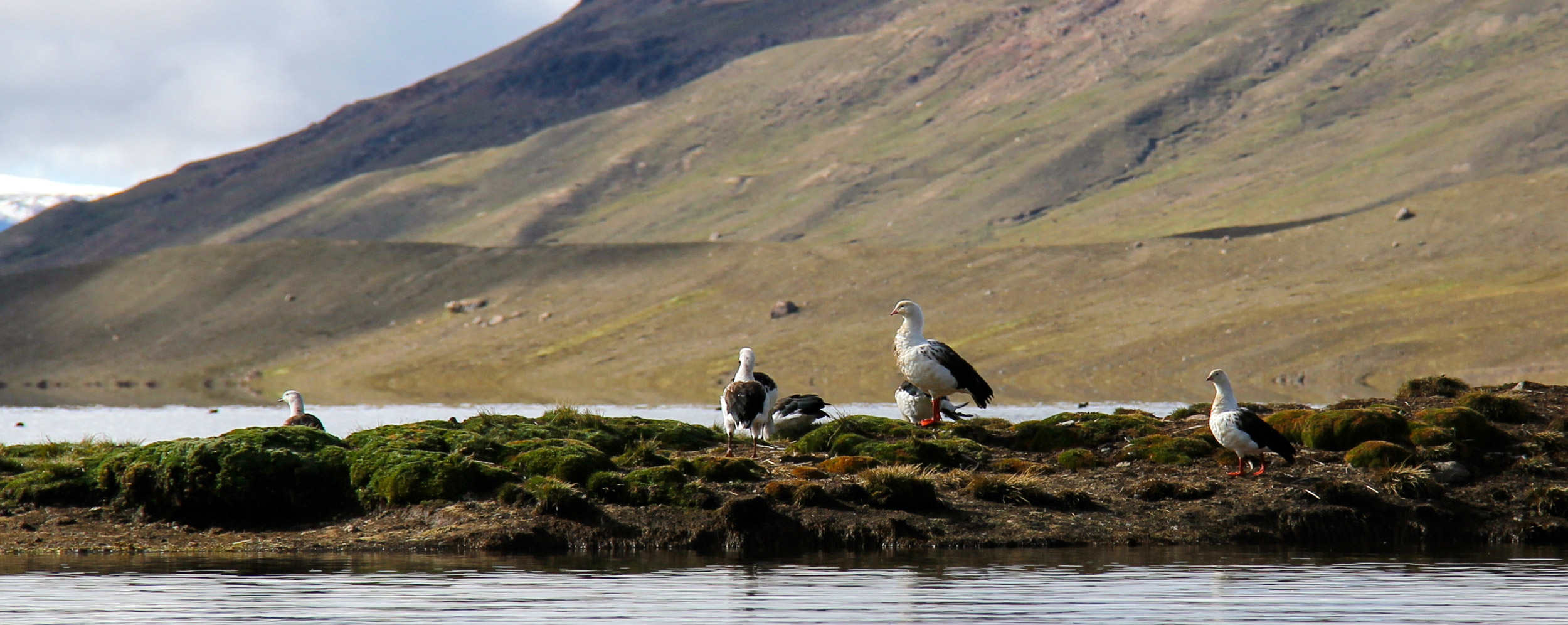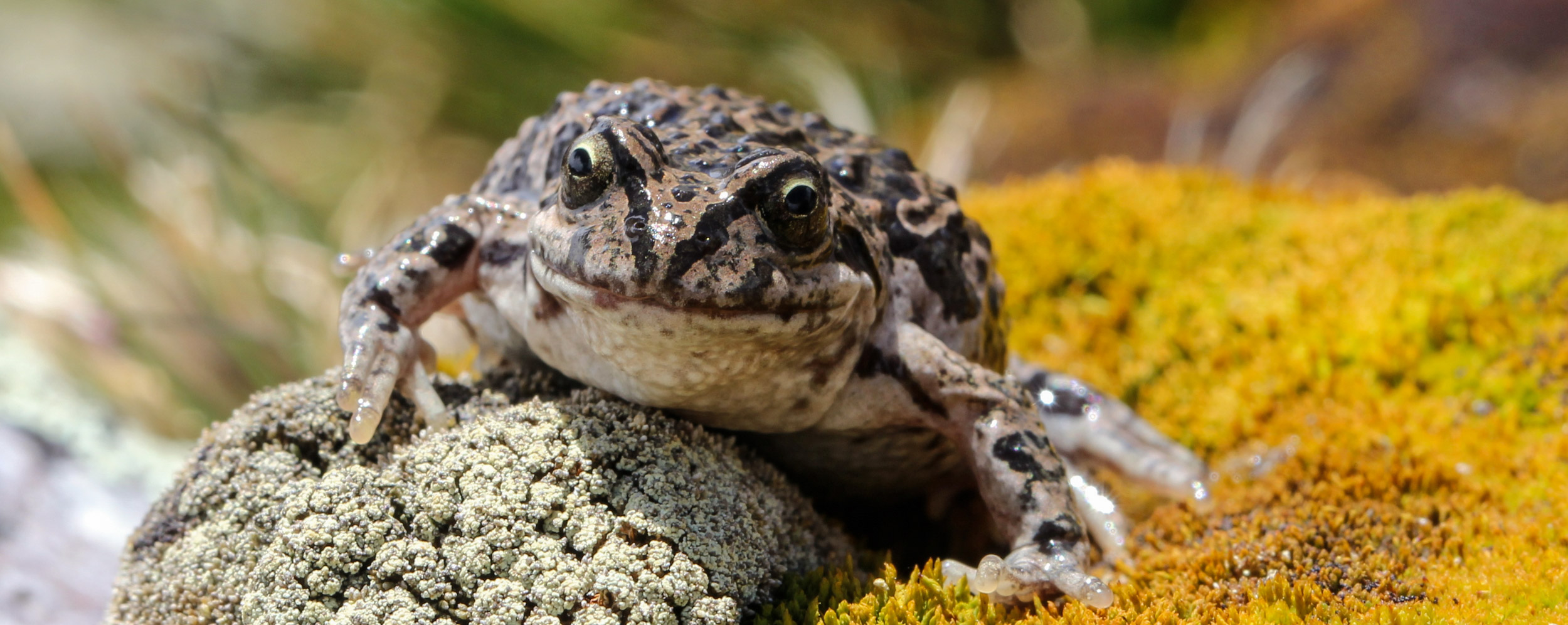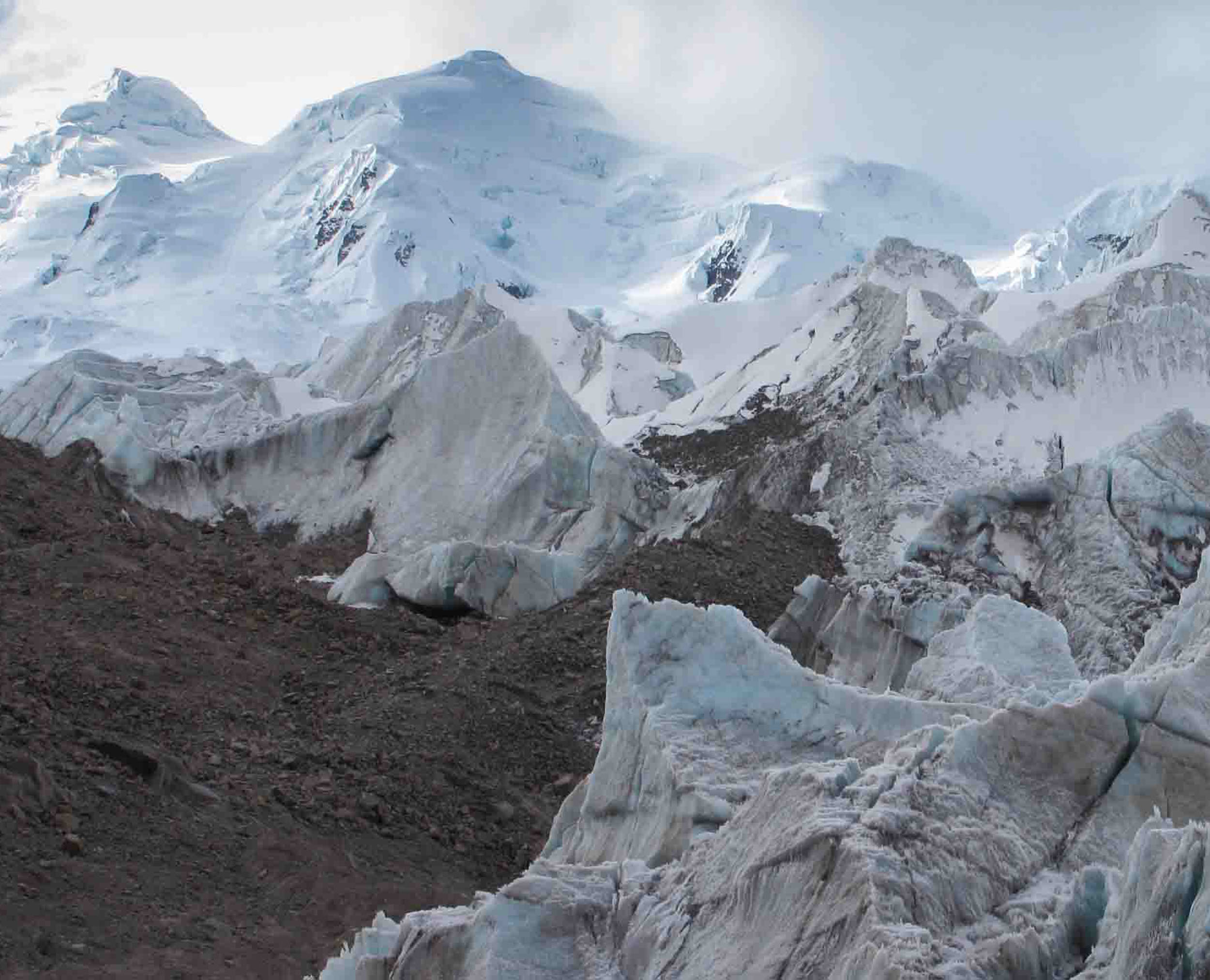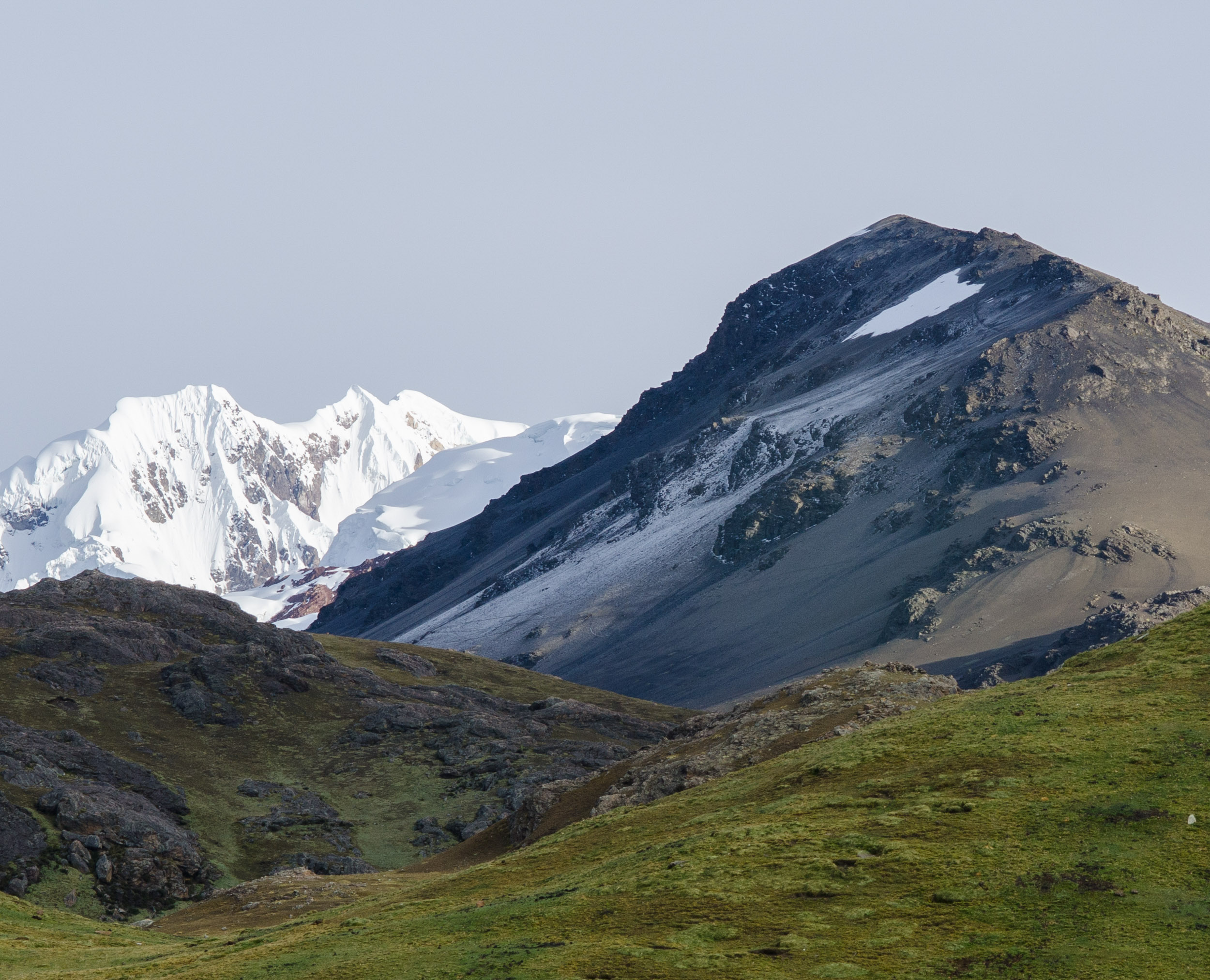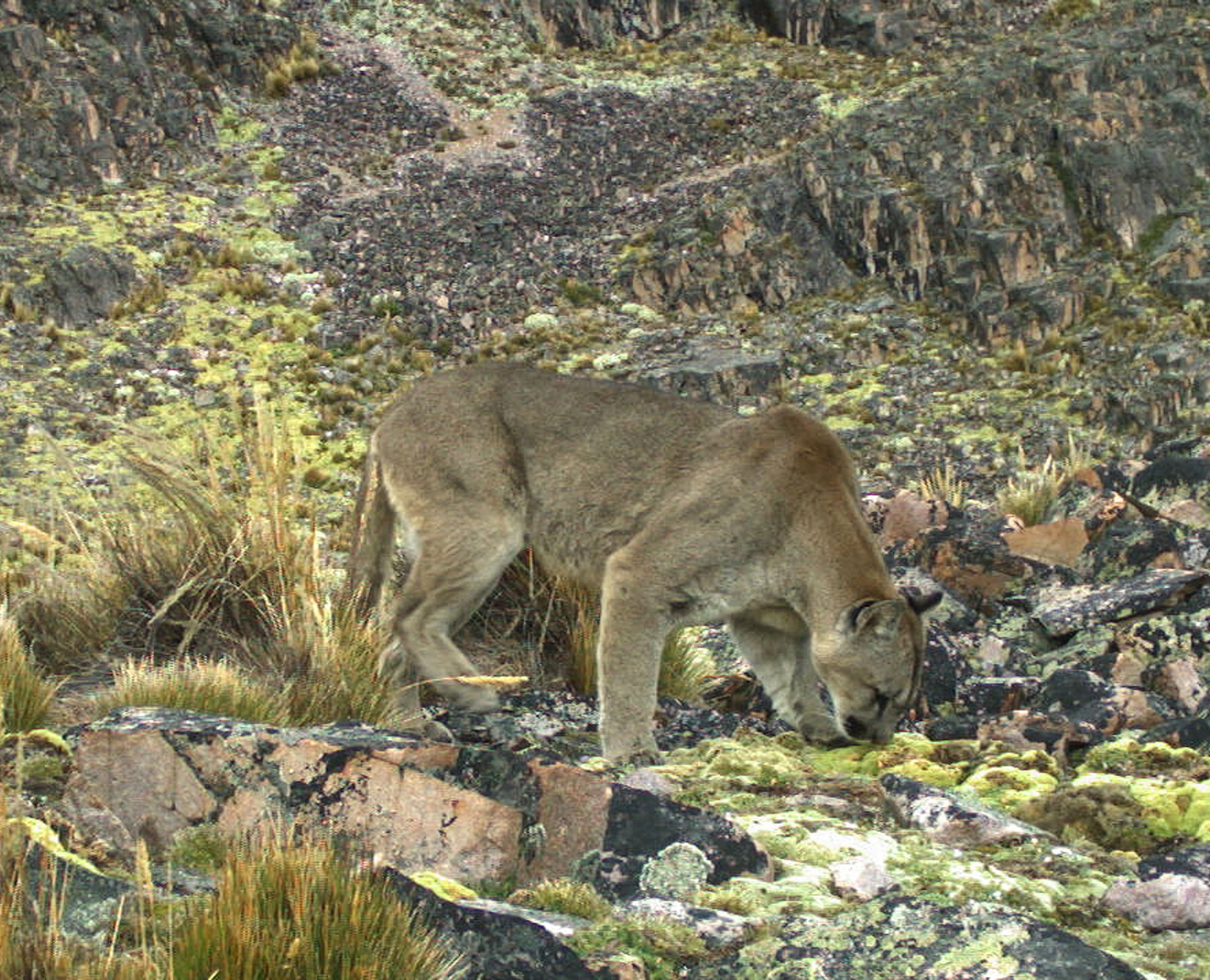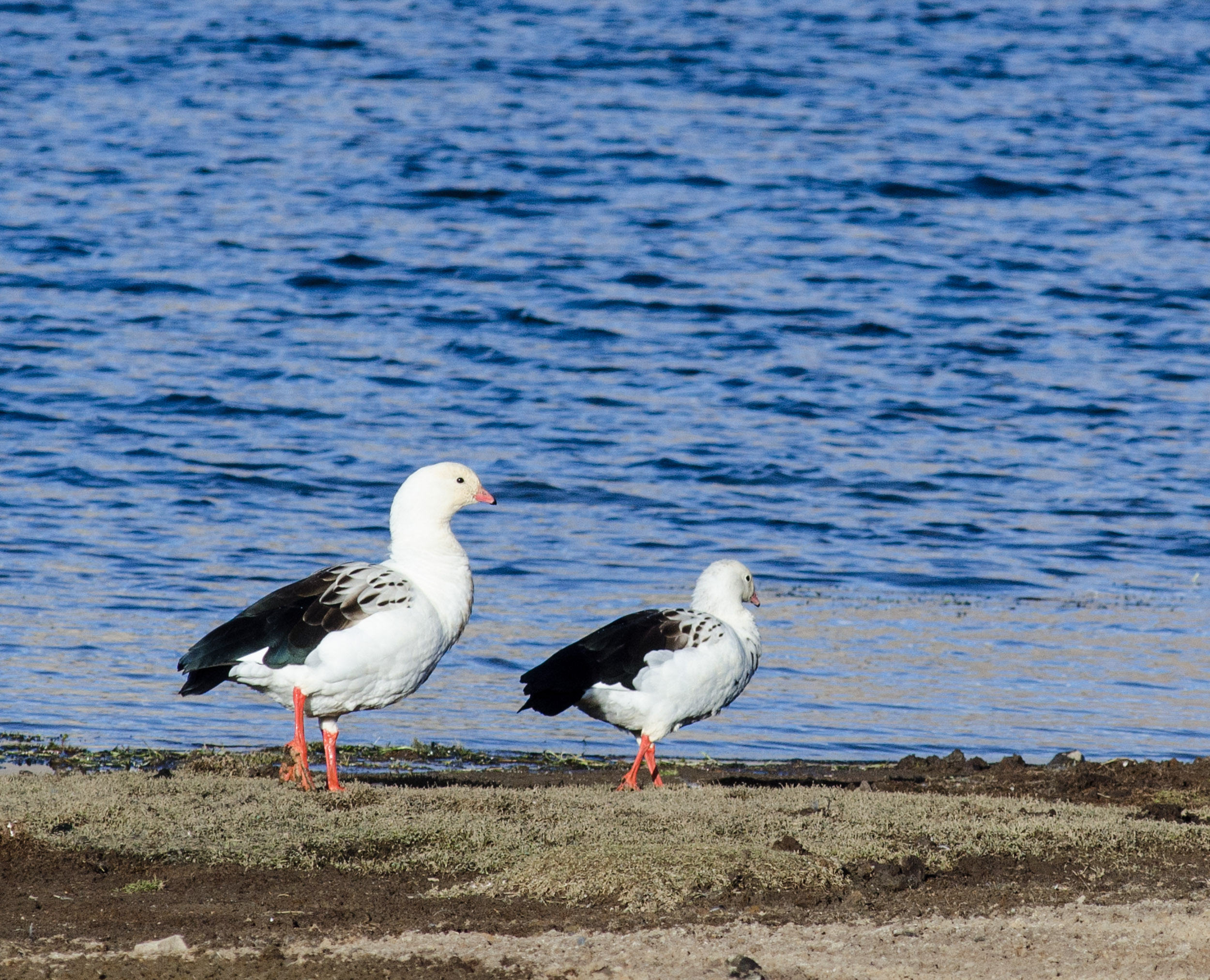The Sibinacocha Watershed Project
High in the Peruvian Andes lies the Cordillera Vilcanota, and at its heart is the Sibinacocha watershed. This fragile ecosystem, with its dramatic landscapes and incredible biodiversity, is at a crossroads. Rapid climate change, mining, and uncontrolled tourism threaten both its biological and cultural diversity. Our research, ranging from baseline biodiversity surveys to understanding how the ecosystem responds to a changing environment, is key to establishing critical conservation programs to protect this land and its people.

